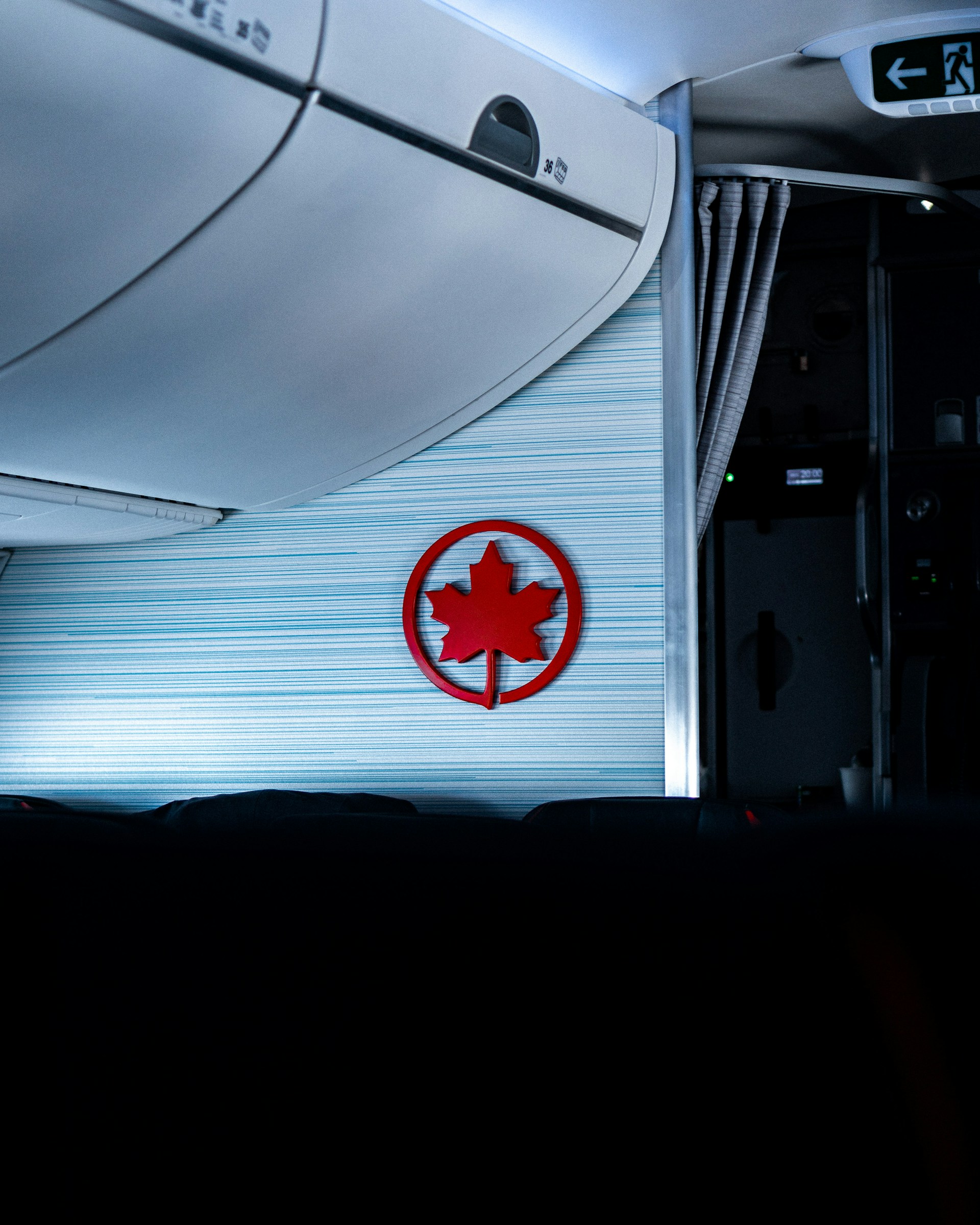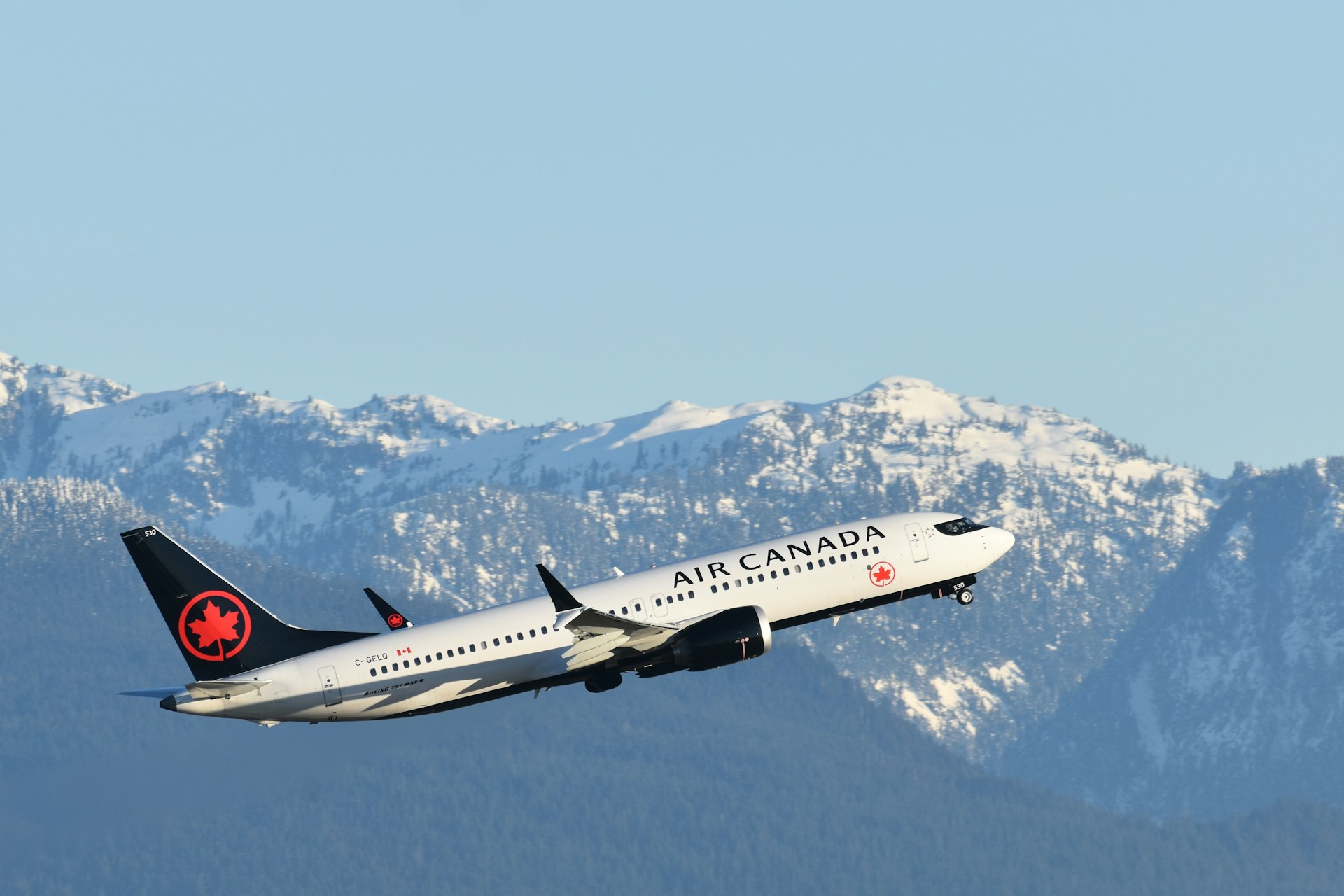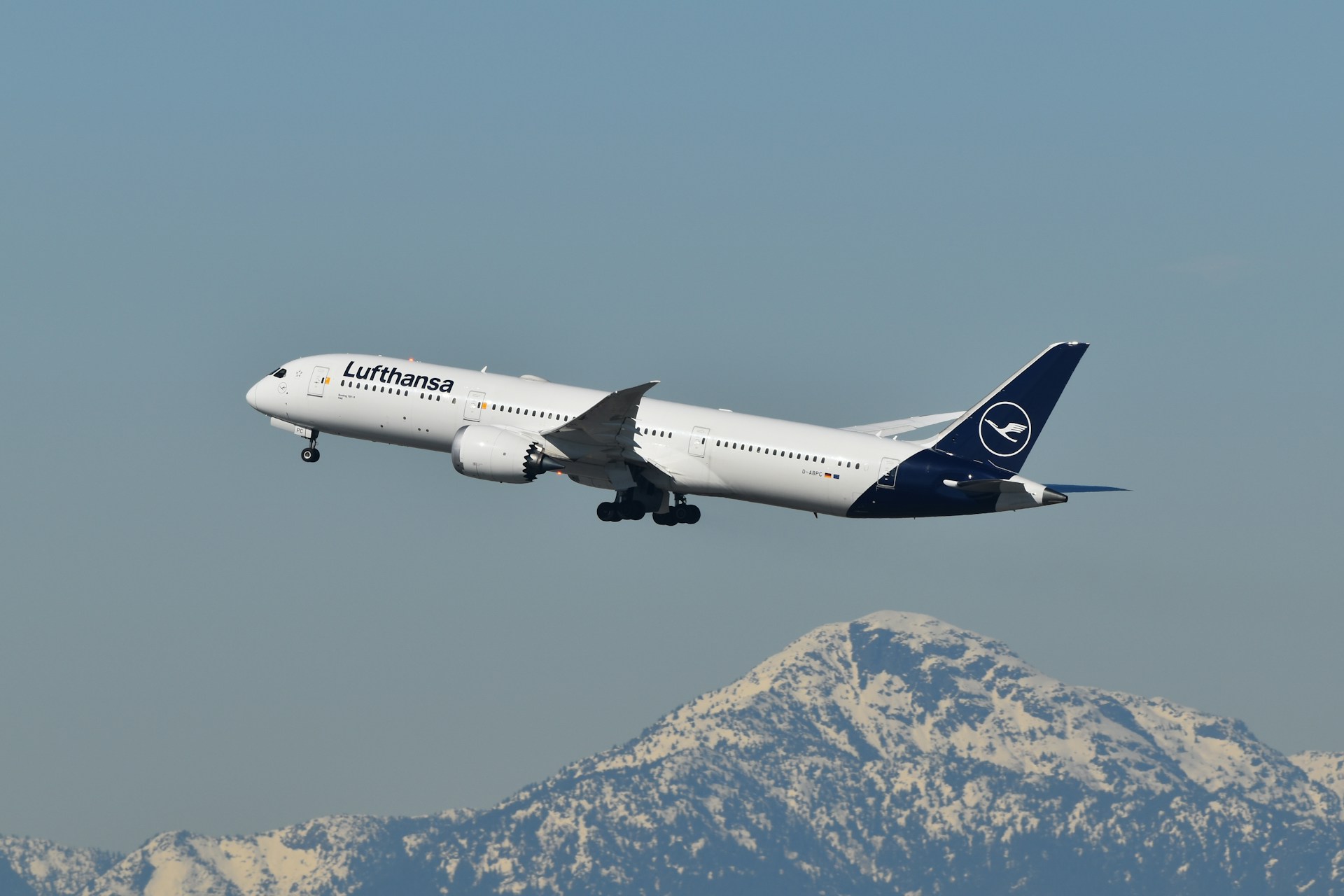Air Canada Expands Transatlantic Reach with Fourth Airbus A321XLR Route
Key Takeaways
- Air Canada has launched its fourth transatlantic Airbus A321XLR route, underlining its commitment to long-haul narrow-body operations.
- The A321XLR’s extended range allows the airline to serve secondary European and North American markets profitably.
- This strategy enhances competitiveness against European low-cost carriers operating thinner transatlantic routes.
- Analysts expect Air Canada to target underserved European cities and regional Canadian gateways for future deployment.
- The move reflects the wider industry trend toward fleet right-sizing, matching aircraft capacity more closely with market demand.
A New Era of Long-Haul Narrow-Body Flying
Air Canada’s latest deployment of the Airbus A321XLR marks a significant evolution in the airline’s transatlantic strategy. The aircraft’s ability to fly up to 4,700 nautical miles has unlocked a new segment of routes that were previously difficult to operate with wide-body aircraft due to limited demand.
By adding its fourth XLR-powered transatlantic route, Air Canada is signaling confidence in narrow-body long-haul operations, a model that blends cost efficiency with network flexibility. Unlike wide-bodies such as the Boeing 787 or Airbus A330, the A321XLR can reach profitability with smaller passenger loads, making it ideal for secondary city pairings.
Market Positioning and Competitive Edge
The introduction of the A321XLR strengthens Air Canada’s position in mid-size transatlantic markets, where demand often falls short of filling larger aircraft. This shift allows the airline to:
- Offer direct connections from smaller Canadian cities to Europe, reducing the need for hub transfers.
- Compete more effectively with low-cost transatlantic operators that use similar aircraft models.
- Improve schedule flexibility, adding more frequency on routes where one wide-body flight per day may not meet passenger needs.
The result is a more dynamic, passenger-friendly network that balances cost control with market expansion.

Future Route Opportunities
Aviation experts anticipate that Air Canada could next deploy its A321XLRs on secondary European markets such as:
- Edinburgh and Dublin (high-demand leisure and diaspora markets).
- Scandinavia (Oslo, Copenhagen, Stockholm).
- Eastern European business centers such as Warsaw or Prague.
On the Canadian side, cities like Halifax, Ottawa, and Winnipeg are strong candidates for new nonstop links to Europe. These airports generate steady demand but historically lacked the scale to sustain wide-body service.
Industry-Wide Implications
Air Canada’s adoption of the A321XLR reflects a broader aviation industry shift: right-sizing aircraft for route economics rather than defaulting to “bigger is better.” With fuel prices volatile and consumer demand uneven across regions, airlines are embracing flexible fleet models to improve profitability.
The A321XLR also enables carriers to test new markets with reduced risk. Routes that may not support a wide-body year-round can now be served seasonally or several times per week, giving passengers more choice while keeping costs manageable.
Passenger Experience on the A321XLR
Despite being a narrow-body aircraft, the A321XLR offers a long-haul passenger experience tailored for comfort:
- Modern cabins with redesigned seating and ergonomic improvements.
- Upgraded in-flight entertainment systems and connectivity.
- Enhanced environmental systems, including quieter cabins and lower fuel burn.
While cabin space is naturally more constrained than on wide-bodies, the aircraft’s efficiency enables Air Canada to maintain competitive pricing while offering modern amenities.
FAQs
What makes the A321XLR suitable for Air Canada’s transatlantic routes?
Its 4,700-nautical-mile range and lower operating costs allow Air Canada to serve thinner routes profitably without relying on larger wide-body jets.
How many A321XLRs does Air Canada currently operate?
Air Canada is gradually incorporating the aircraft into its fleet as part of its modernization strategy, with the fourth transatlantic route highlighting continued rollout.
Which markets are likely next for A321XLR service?
Secondary European cities such as Edinburgh, Dublin, and Scandinavian capitals, along with Canadian regional hubs like Halifax and Ottawa, are likely targets.
How does the A321XLR compare to Air Canada’s wide-body aircraft?
It carries fewer passengers but requires less demand to achieve profitability. It also burns less fuel per trip, making it more sustainable and cost-efficient on thinner routes.
When did Air Canada begin A321XLR transatlantic service?
Air Canada began deploying A321XLR aircraft on transatlantic flights post-pandemic as part of its fleet renewal program. The fourth route marks another milestone in its expansion.
✈️ Bottom line: Air Canada’s embrace of the Airbus A321XLR is more than a fleet choice—it’s a strategic shift in how transatlantic routes are served. By focusing on efficiency, flexibility, and underserved markets, the airline is shaping the next era of long-haul flying between North America and Europe.
.zip%20-%201.PNG)



